Home>Interior Design>11 Common Types Of Bathtub: Pros And Cons
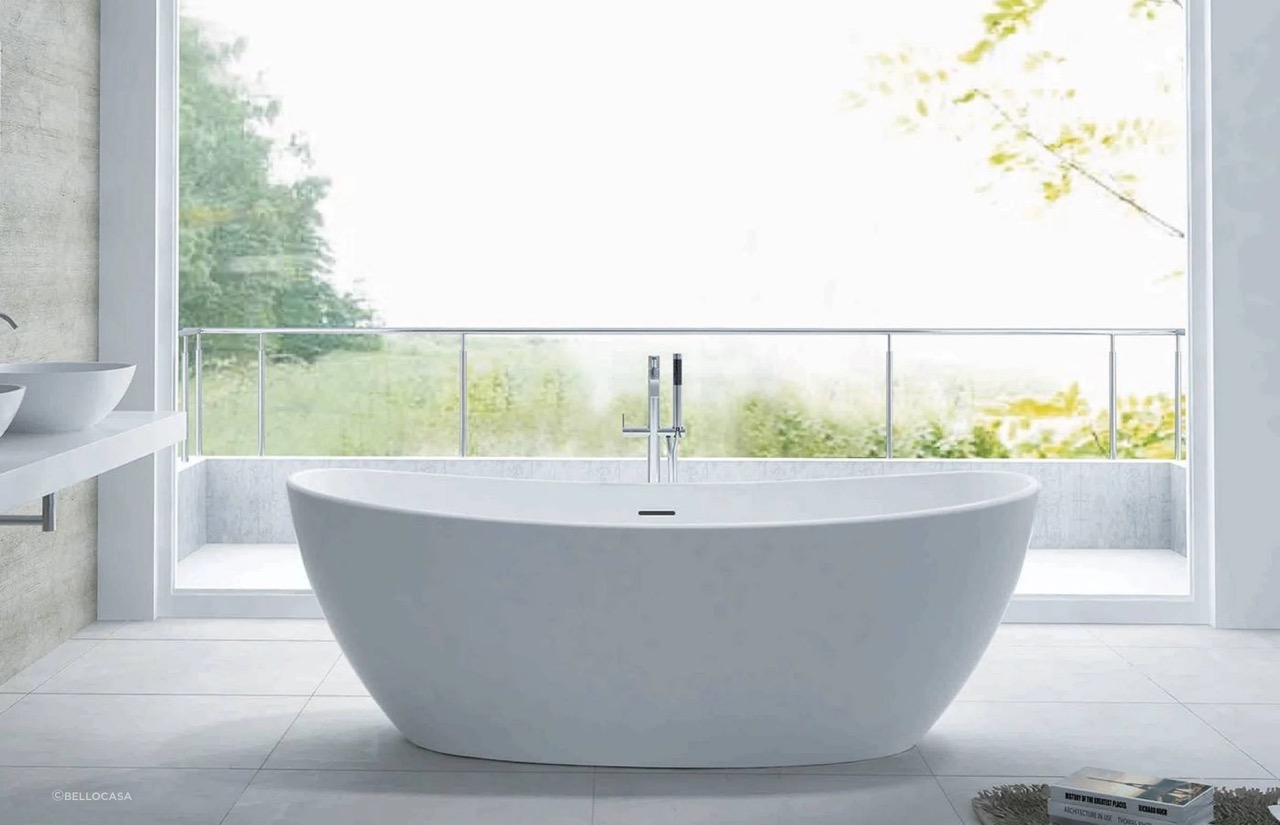

Interior Design
11 Common Types Of Bathtub: Pros And Cons
Modified: October 27, 2024
Discover 11 common types of bathtubs and explore their pros and cons in this comprehensive guide. Enhance your interior design with the perfect choice for your bathroom renovation.
(Many of the links in this article redirect to a specific reviewed product. Your purchase of these products through affiliate links helps to generate commission for Storables.com, at no extra cost. Learn more)
Introduction
When it comes to designing your dream bathroom, one of the key elements to consider is the type of bathtub. A bathtub not only serves as a functional fixture but can also become a statement piece that enhances the overall appeal of your space. With a wide variety of bathtub options available, it can be overwhelming to choose the right one for your needs and aesthetic preferences.
In this article, we will explore 11 common types of bathtubs, each with its own unique features, pros, and cons. By understanding the characteristics of each type, you can make an informed decision to ensure that your bathtub not only meets your practical requirements but also adds style and sophistication to your bathroom.
Whether you prefer the classic elegance of a clawfoot bathtub or the modern sleekness of a freestanding tub, there is a perfect bathtub for every taste and style. Let’s dive in and explore the different options available to help you find the ideal bathtub for your home!
Key Takeaways:
- Elevate your bathroom with the perfect bathtub. From classic clawfoot to modern freestanding options, each type offers unique pros and cons to match your style and space requirements.
- Transform your bathing experience with a luxurious whirlpool or a space-saving corner bathtub. Consider your needs, budget, and maintenance preferences to find the ideal match for your dream bathroom.
Standard Bathtub
The standard bathtub is the most common type found in households. It is a versatile and practical choice that fits into most standard-sized bathrooms. These bathtubs come in various materials, including acrylic, fiberglass, and porcelain-enameled steel.
Pros:
- Cost-effective: Standard bathtubs are generally more affordable compared to other types.
- Easy installation: They are straightforward to install and often come with pre-installed plumbing fixtures.
- Wide availability: You can find a wide range of options, sizes, and styles to suit your needs.
- Convenient maintenance: Cleaning and maintaining a standard bathtub is relatively simple.
Cons:
- Limited design options: Standard bathtubs may lack the unique design features and aesthetics offered by other types.
- Less space-efficient: They may take up more space in your bathroom compared to other more compact options.
If you have a smaller bathroom or a tighter budget, a standard bathtub is a practical choice that can meet your bathing needs without compromising on functionality and style.
Clawfoot Bathtub
The clawfoot bathtub is a classic and timeless option that adds a touch of elegance and vintage charm to any bathroom. As the name suggests, these bathtubs feature four decorative feet, often resembling claws, that elevate the tub off the floor.
Pros:
- Aesthetic appeal: Clawfoot bathtubs are highly sought-after for their iconic and luxurious appearance.
- Versatility: They come in various sizes, materials, and styles, allowing you to choose the perfect one to match your bathroom decor.
- Added comfort: The raised design of the tub provides additional legroom, making it more comfortable to soak in.
- Statement piece: A clawfoot bathtub can become the focal point of your bathroom, creating a stunning visual impact.
Cons:
- Space requirement: Clawfoot bathtubs tend to be larger and may require more space in your bathroom.
- Maintenance: The feet of the tub require regular cleaning to prevent dirt buildup.
- Higher cost: Clawfoot bathtubs are often more expensive compared to other types due to their unique design and craftsmanship.
If you desire a luxurious and vintage-inspired bathing experience, a clawfoot bathtub is an excellent choice. It offers a blend of style and comfort, allowing you to create a charming and inviting atmosphere in your bathroom.
Freestanding Bathtub
A freestanding bathtub is a striking and contemporary choice that adds a touch of modern flair to any bathroom. Unlike traditional built-in tubs, freestanding tubs are not attached to the walls or surrounding fixtures, giving them a sense of independence and freedom.
Pros:
- Design versatility: Freestanding bathtubs are available in various shapes and sizes, allowing you to choose a style that complements your bathroom aesthetics.
- Visual impact: These tubs create a statement piece, becoming the focal point of your bathroom design.
- Flexible installation: The freestanding design allows for more flexibility in terms of placement and installation, giving you more creative control over your bathroom layout.
- Easy maintenance: Cleaning and maintaining a freestanding bathtub is typically easier compared to built-in options.
Cons:
- Space requirement: Freestanding bathtubs tend to be larger and may require more floor space in your bathroom.
- Higher cost: These tubs can be more expensive compared to traditional built-in bathtubs due to their unique design and materials.
- Plumbing considerations: You may need to reconfigure the plumbing to accommodate a freestanding tub, which can add to the overall cost.
If you want to make a bold design statement and create a contemporary and luxurious bathroom space, a freestanding bathtub is an excellent choice. It offers a sense of elegance and sophistication while providing a relaxing bathing experience.
Alcove Bathtub
The alcove bathtub is a practical and space-saving option that is designed to fit into a three-walled enclosure. This type of bathtub is the most common choice for bathrooms with limited space or for those who prefer a built-in look.
Pros:
- Space-saving design: Alcove bathtubs are specifically designed to fit into a recessed area, maximizing available space in smaller bathrooms.
- Budget-friendly: They are often more affordable compared to freestanding or clawfoot tubs.
- Easier cleaning: The three-walled enclosure makes it easier to clean the surrounding area.
- Accessible plumbing: Alcove tubs typically have plumbing fixtures conveniently located on the back or side walls, making them easily accessible for maintenance.
Cons:
- Less visual appeal: Alcove bathtubs may lack the aesthetic appeal and statement-making presence of other types.
- Restricted placement: Due to their design, alcove bathtubs are limited to specific areas in the bathroom and may not offer as much design flexibility.
If you have a smaller bathroom or prefer a built-in look, an alcove bathtub is a practical and cost-effective option. It provides a functional bathing space while optimizing the use of available square footage.
Read more: What Are The Pros And Cons Of Astro Turf
Drop-In Bathtub
A drop-in bathtub is a versatile and customizable option that offers a seamless integration into your bathroom design. This type of bathtub is designed to be “dropped” into a framed enclosure, leaving the rim of the tub exposed.
Pros:
- Design flexibility: Drop-in bathtubs can be customized with various materials, such as tiles or stone, to match your bathroom decor.
- Easier installation: They are relatively easy to install, especially when incorporated into a pre-constructed enclosure.
- Accessibility: Drop-in bathtubs can be designed with ADA-compliant features, such as grab bars or built-in seating, for those with mobility challenges.
- Easy maintenance: Cleaning and maintaining a drop-in bathtub is typically easier since the surrounding edge can be easily wiped clean.
Cons:
- Professional installation required: Proper installation of a drop-in bathtub may require the expertise of a professional to ensure a secure fit and proper plumbing connections.
- Higher cost: Drop-in bathtubs can be more expensive than standard built-in tubs due to their customization options and installation requirements.
- Limited design options: The customization options of drop-in bathtubs might be limited by the available designs and materials.
If you desire a bathtub that seamlessly blends with your bathroom design and provides flexibility in terms of customization, a drop-in bathtub can be an ideal choice. It allows you to create a unique and personalized bathing space that reflects your individual style.
Corner Bathtub
A corner bathtub is a space-saving and stylish option that fits snugly into the corner of your bathroom. This type of bathtub is designed to maximize the use of corner spaces, making it an excellent choice for small bathrooms or those looking to utilize unconventional areas.
Pros:
- Space-efficient: Corner bathtubs are specifically designed to fit into the corner of a bathroom, making them ideal for smaller spaces or irregularly shaped bathrooms.
- Aesthetic appeal: The unique shape and placement of a corner bathtub can add visual interest and a touch of sophistication to your bathroom design.
- Relaxing experience: Corner tubs often provide ample space for soaking and offer a more secluded and cozy bathing experience.
- Versatility: These tubs come in various sizes, styles, and materials, allowing you to choose one that suits your preferences and complements your bathroom decor.
Cons:
- Space constraints: While corner bathtubs are space-saving, they may not be as spacious as other larger tub options.
- Installation considerations: Proper installation may require professional assistance to ensure the tub fits securely and the plumbing connections are properly configured.
If you have a small bathroom or want to make the most of your corner space, a corner bathtub is a smart choice. It offers functionality, style, and a unique bathing experience that can transform your bathroom into a relaxing oasis.
When choosing a bathtub, consider factors such as size, material, and style. Acrylic tubs are affordable and lightweight, while cast iron tubs are durable but heavy. Freestanding tubs offer a luxurious look, while alcove tubs are space-saving. Evaluate your needs and preferences to find the best fit for your bathroom.
Whirlpool Bathtub
A whirlpool bathtub, also known as a spa or jetted tub, offers a luxurious and therapeutic bathing experience. These tubs are equipped with built-in jets that create a swirling massaging effect, providing a spa-like experience right in the comfort of your own bathroom.
Pros:
- Relaxation and therapeutic benefits: The jets in a whirlpool bathtub provide massaging hydrotherapy, promoting muscle relaxation and stress relief.
- Improved circulation: The swirling water stimulates blood flow, resulting in improved circulation and potentially easing muscle tension.
- Luxurious spa-like experience: Whirlpool tubs create a lavish and indulgent bathing experience, allowing you to unwind and pamper yourself.
- Various jet settings: Most whirlpool tubs offer adjustable jet settings, allowing you to customize the intensity of the massage to suit your preference.
Cons:
- Higher cost: Whirlpool bathtubs are typically more expensive compared to standard tub options due to the added feature of jets.
- Complex installation: Proper installation and integration of the jet system require professional assistance for optimal performance.
- Maintenance: The jets and their associated components may require regular cleaning and maintenance to prevent mold or mildew buildup.
- Water consumption: Whirlpool tubs often require larger volumes of water in order to function properly.
If you enjoy a spa-like experience and want to incorporate relaxation and hydrotherapy into your bathing routine, a whirlpool bathtub is the perfect choice. It offers the ultimate combination of indulgence and therapeutic benefits, allowing you to create a personal oasis of relaxation in your own home.
Walk-In Bathtub
A walk-in bathtub is a specialized type of bathtub designed to provide easy accessibility and safety, particularly for individuals with mobility challenges or limited physical abilities. These tubs have a watertight door and a low threshold, allowing users to enter and exit the tub with minimal effort and reduced risk of slipping or falling.
Pros:
- Accessibility and safety: The low step-in threshold and built-in handrails make it easier for individuals with mobility issues to get in and out of the bathtub safely.
- Hydrotherapy options: Many walk-in tubs come equipped with therapeutic features, such as built-in seats, whirlpool jets, or air jets, providing a soothing and relaxing bathing experience.
- Preventive measures: Walk-in tubs often include features like anti-slip flooring, grab bars, and anti-scald valves to enhance safety and prevent accidents.
- Independence and dignity: The ability to bathe independently and comfortably helps restore a sense of self-sufficiency and privacy.
Cons:
- Space requirement: Walk-in tubs are generally larger and may require more floor space compared to standard bathtubs.
- Longer filling and draining time: The substantial volume of water needed to fill the tub and the specialized drainage system may result in longer filling and draining times.
- Higher cost: Walk-in tubs can be more expensive than traditional bathtubs due to their specialized design and features.
- Installation considerations: Depending on the bathroom layout, installation may require professional assistance to ensure proper plumbing and electrical connections.
If you or a loved one requires enhanced accessibility and safety during bathing, a walk-in bathtub is an excellent choice. It provides peace of mind, independence, and comfort, allowing individuals with mobility challenges to enjoy a relaxing and therapeutic bathing experience.
Read more: What Are The Pros And Cons Of A Pergola?
Soaking Bathtub
A soaking bathtub is designed for one primary purpose: to provide a deep and immersive bathing experience. These tubs are typically deeper and wider than standard bathtubs, allowing for full-body submersion and a truly relaxing soak.
Pros:
- Deep relaxation: Soaking bathtubs provide a deep and immersive bathing experience, allowing you to fully relax and unwind after a long day.
- Therapeutic benefits: The buoyancy of the water combined with the warmth can help ease muscle tension, improve circulation, and promote a sense of overall well-being.
- Versatile design: Soaking tubs come in various shapes, materials, and sizes, allowing you to choose one that fits your preferred bathing style and matches your bathroom aesthetics.
- Luxurious spa-like experience: A soaking tub can recreate the feeling of a luxurious spa retreat in the comfort of your own home.
Cons:
- Space requirement: Due to their larger size, soaking bathtubs may require more floor space and may not be suitable for smaller bathrooms.
- Longer filling time: The increased water volume in soaking tubs may take longer to fill compared to standard-sized tubs.
- Higher water consumption: The larger size of soaking tubs requires more water to fill, resulting in increased water usage.
- Installation considerations: Depending on the design and material of the tub, installation may require professional assistance to ensure proper support and plumbing connections.
If you enjoy taking long, relaxing baths and want to indulge in a truly immersive bathing experience, a soaking bathtub is the perfect choice. It offers a deep, therapeutic soak that can soothe both the body and the soul.
Jacuzzi Bathtub
A Jacuzzi bathtub, also known as a hot tub or whirlpool tub, combines the benefits of hydrotherapy with the luxury of a spa-like experience. These tubs are equipped with built-in jets that create a soothing and massaging water flow, providing both relaxation and therapeutic benefits.
Pros:
- Hydrotherapy benefits: The jets in a Jacuzzi bathtub provide a soothing and therapeutic massage, promoting relaxation, pain relief, and improved blood circulation.
- Stress reduction: The warm water and massaging jets help to relieve stress and tension, allowing you to unwind and relax.
- Customizable experience: Most Jacuzzi tubs offer adjustable jet settings, allowing you to control the intensity and direction of the water flow for a personalized bathing experience.
- Social aspect: Larger Jacuzzi tubs can accommodate multiple people, making it a great option for enjoying a spa-like experience with family and friends.
Cons:
- Higher cost: Jacuzzi bathtubs are generally more expensive than standard tubs due to the inclusion of jet systems and additional features.
- Space requirements: Jacuzzi tubs are larger and may require more floor space in your bathroom.
- Installation considerations: Proper installation of a Jacuzzi tub may require professional assistance to ensure optimal performance and safety.
- Maintenance: The jets and filters in Jacuzzi tubs require regular cleaning and maintenance to prevent bacteria or mold buildup.
If you seek the ultimate relaxation and indulgence in your bathing experience, a Jacuzzi bathtub is an excellent choice. It offers a combination of hydrotherapy benefits and luxurious features, allowing you to create a spa-like oasis in your own home.
Slipper Bathtub
A slipper bathtub is a unique and elegant option that features a raised end on one side, providing a comfortable reclining position for optimal relaxation. The design of the slipper tub resembles a slipper shoe, with one end higher than the other.
Pros:
- Elegant design: Slipper bathtubs are known for their graceful and stylish appearance, adding a touch of sophistication to any bathroom.
- Comfortable soaking position: The raised end of the tub provides a comfortable and supportive backrest, allowing you to lean back and fully relax while soaking.
- Enhanced bathing experience: The ergonomic design of slipper tubs promotes proper body alignment, making your bathing experience more enjoyable and comfortable.
- Added space: The extended end of the tub provides additional space for bath essentials, such as candles or a book, creating a convenient and luxurious bathing experience.
Cons:
- Space requirement: Slipper bathtubs may be larger and require more floor space compared to standard tubs.
- Higher cost: The unique design and aesthetic appeal of slipper tubs can make them more expensive than traditional bathtubs.
- Installation considerations: Depending on the style and material of the slipper tub, professional installation may be required to ensure proper support and plumbing connections.
If you desire a bathtub that combines elegance, comfort, and relaxation, a slipper bathtub is an excellent choice. It offers a visually stunning focal point in your bathroom while providing a luxurious and indulgent bathing experience.
Conclusion
Choosing the right bathtub for your bathroom is an essential decision that can greatly impact your bathing experience and the overall aesthetic of the space. With a wide range of options available, it’s important to consider your needs, preferences, and the design of your bathroom.
Standard bathtubs provide a cost-effective and practical choice, while clawfoot and freestanding bathtubs elevate the style and add a touch of elegance. Alcove and drop-in bathtubs are space-saving options that offer versatility, while corner bathtubs make the most of unconventional areas. Whirlpool tubs provide the luxury of a spa-like experience, while walk-in bathtubs prioritize accessibility and safety. Soaking tubs allow for deep relaxation, and Jacuzzi tubs offer the added benefit of hydrotherapy. Slipper tubs enhance comfort and elegance in the bathing experience.
Consider the pros and cons of each bathtub type, as well as your specific requirements and preferences, to find the perfect match for your bathroom. It’s important to consider factors such as space availability, budget, maintenance requirements, and the desired ambiance in order to make an informed decision.
Remember, the right bathtub can transform your bathroom into a personal sanctuary, providing a space for relaxation, rejuvenation, and self-care. Whether you prioritize functionality, aesthetics, or a combination of both, there is a bathtub available to fulfill your desires.
Investing time in choosing the right bathtub will ensure that you create a beautiful and functional bathroom that meets your needs and brings joy and tranquility to your everyday routine. So go ahead and immerse yourself in the world of bathtubs, and find the one that will transform your bathing experience into something truly exceptional.
Frequently Asked Questions about 11 Common Types Of Bathtub: Pros And Cons
Was this page helpful?
At Storables.com, we guarantee accurate and reliable information. Our content, validated by Expert Board Contributors, is crafted following stringent Editorial Policies. We're committed to providing you with well-researched, expert-backed insights for all your informational needs.

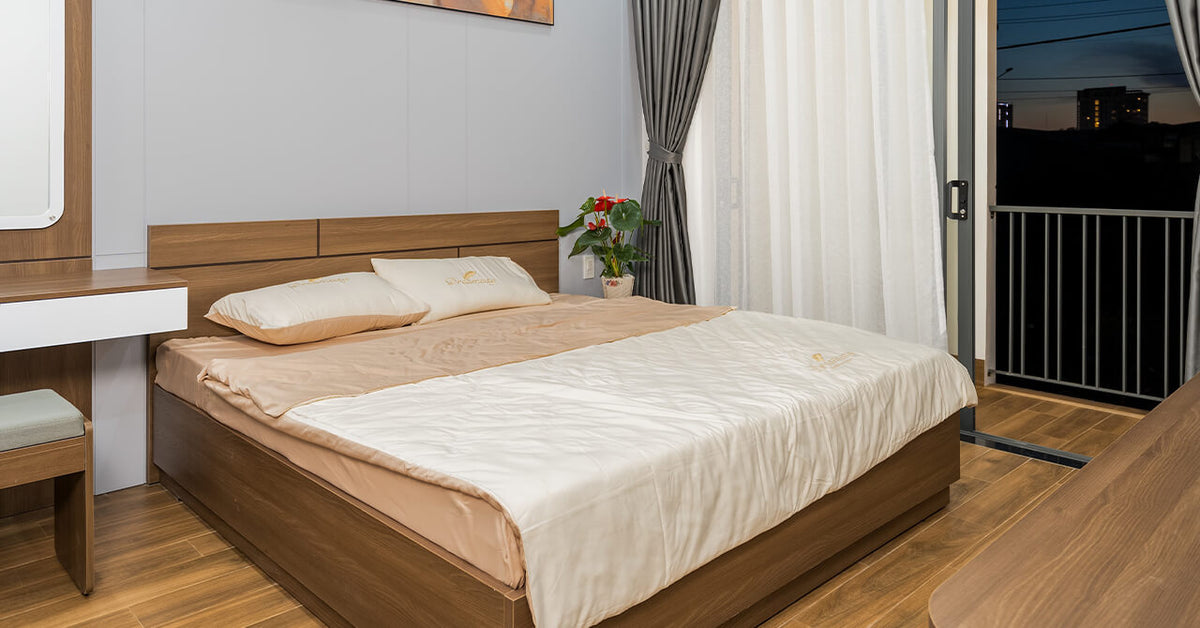

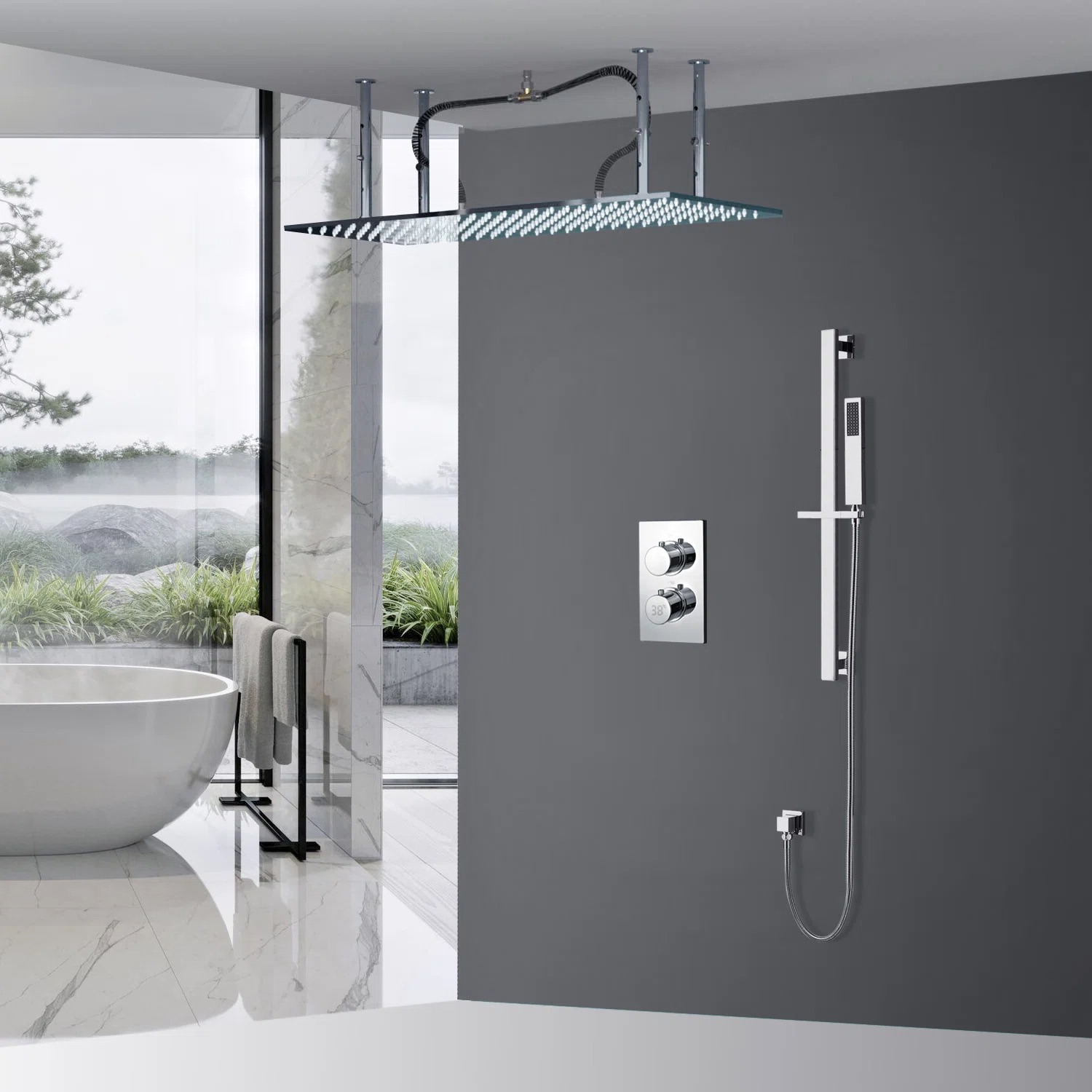
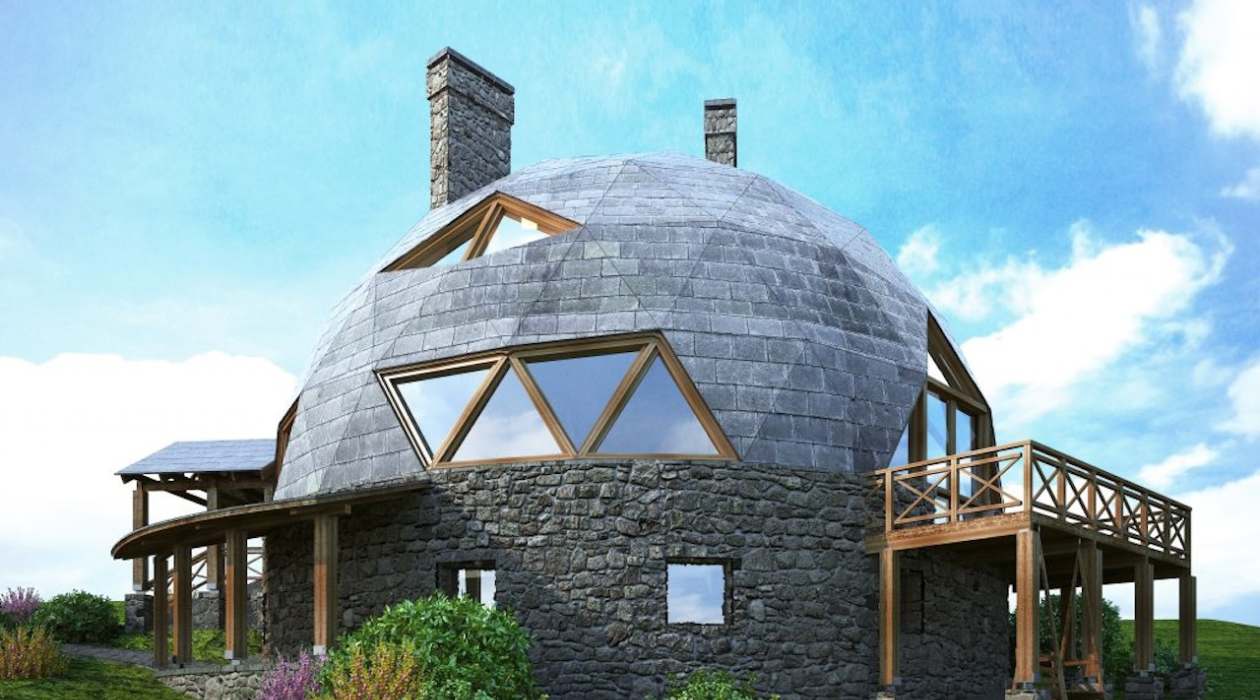

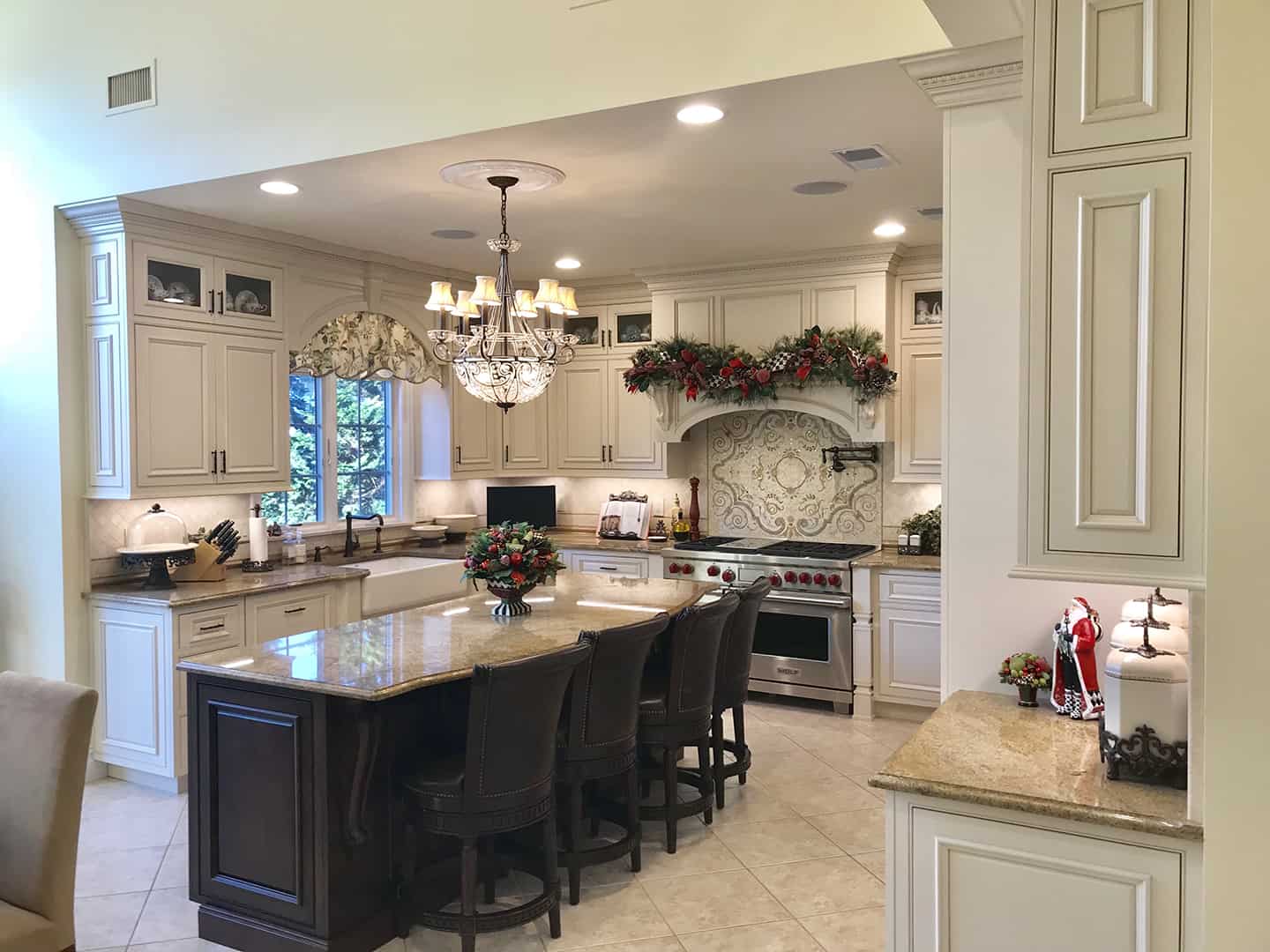
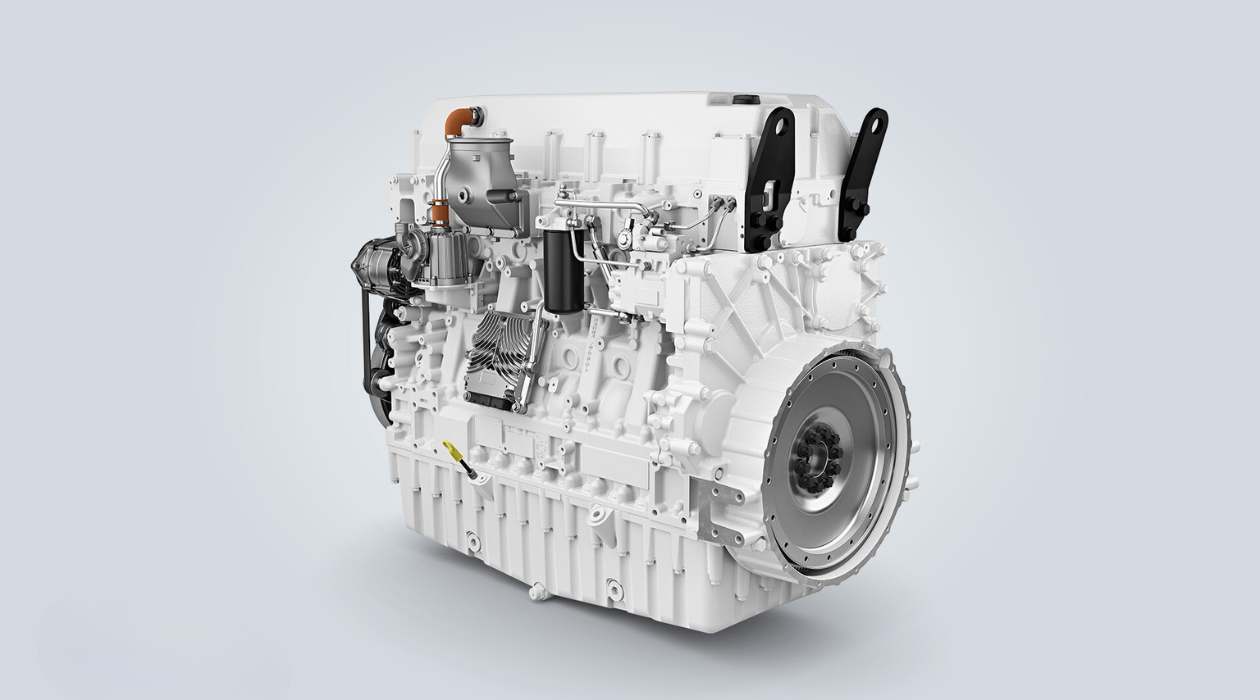
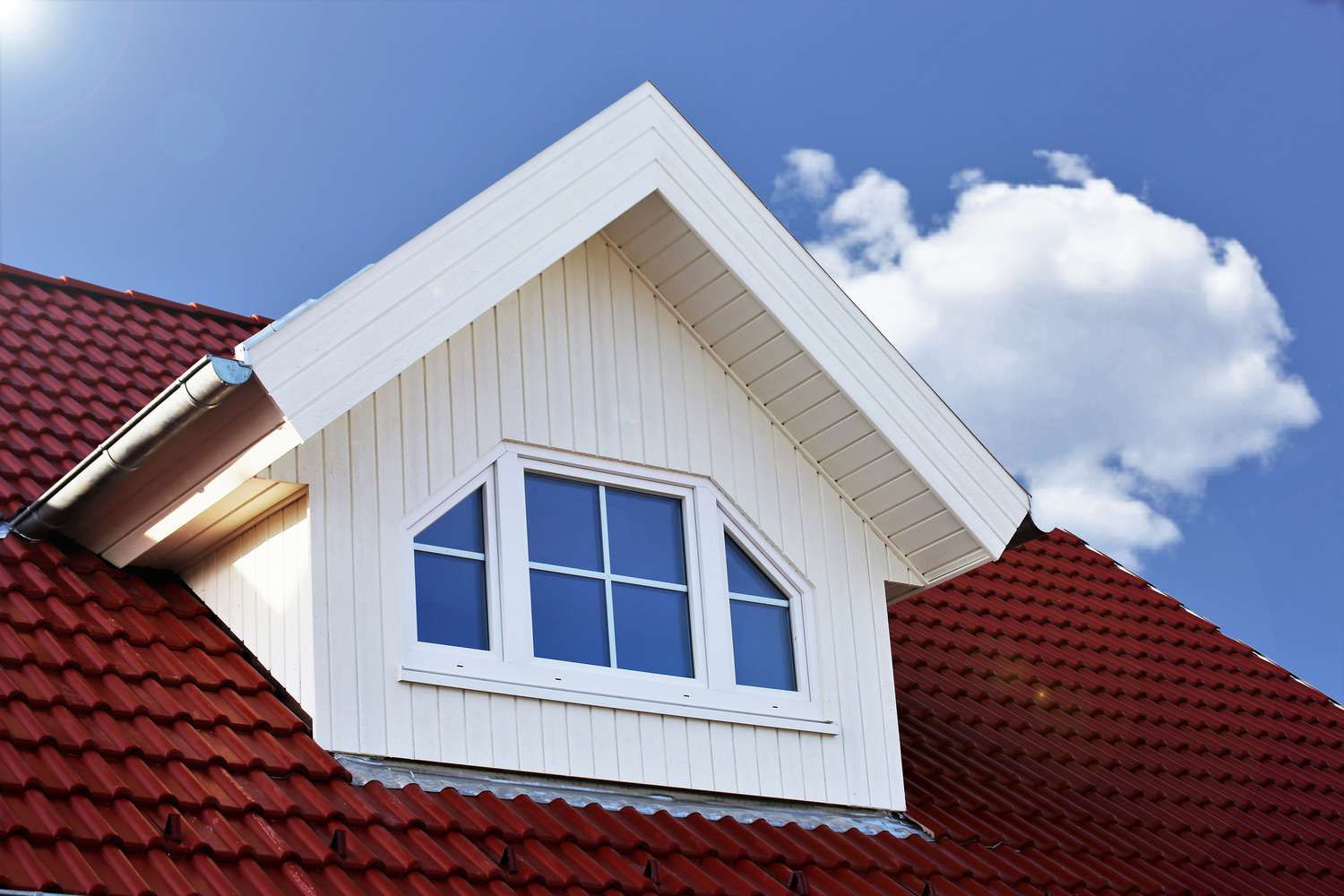
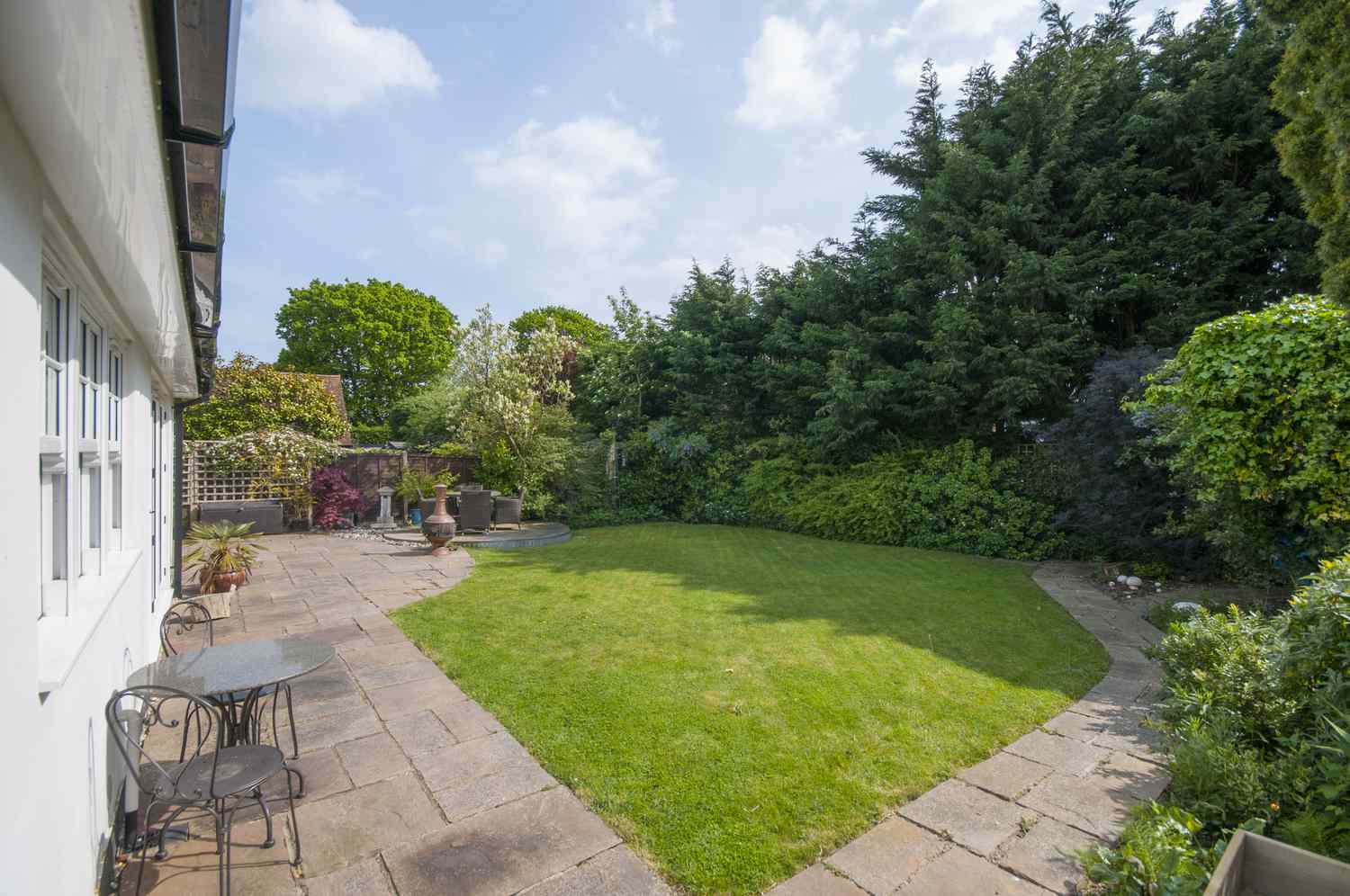
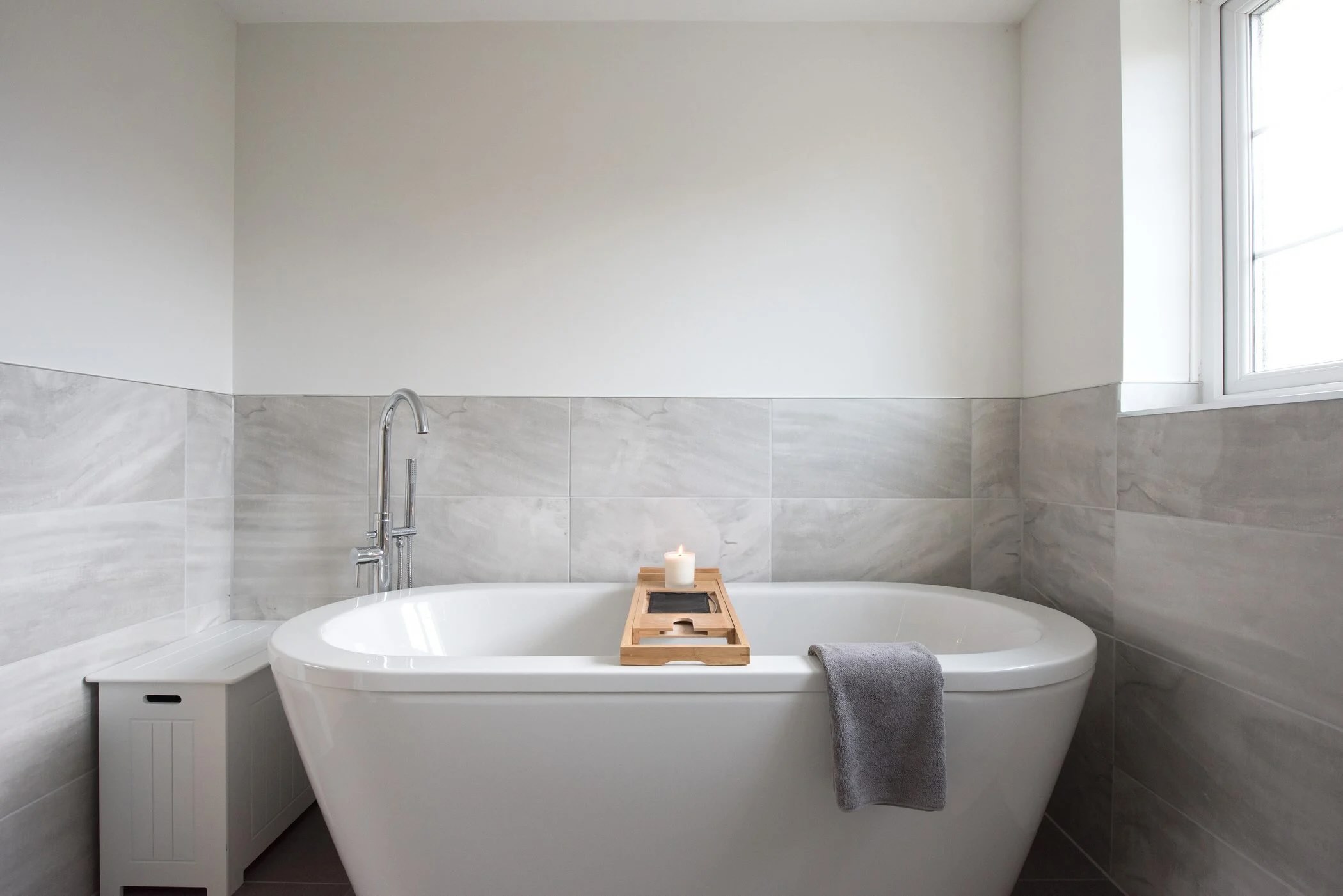
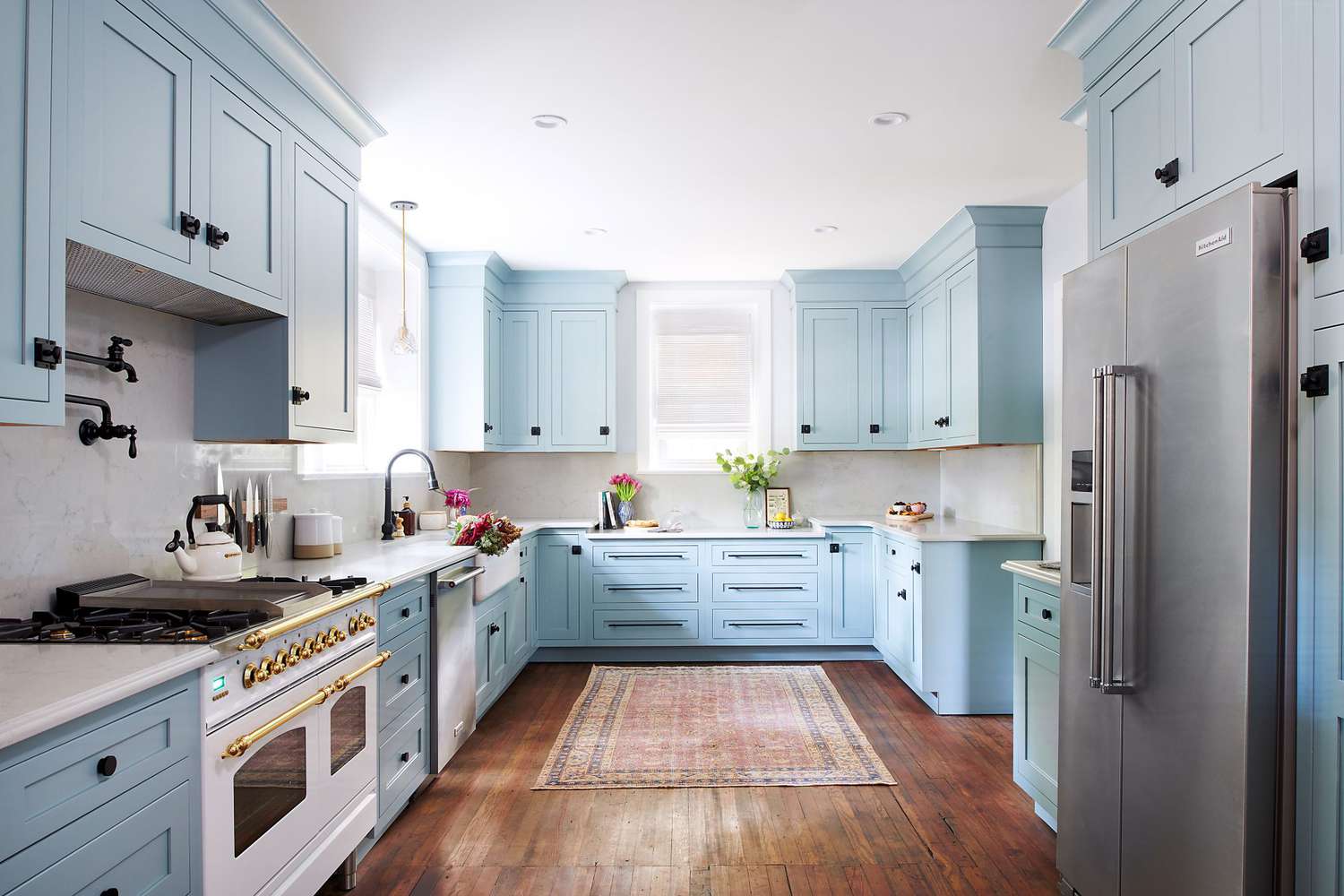


0 thoughts on “11 Common Types Of Bathtub: Pros And Cons”